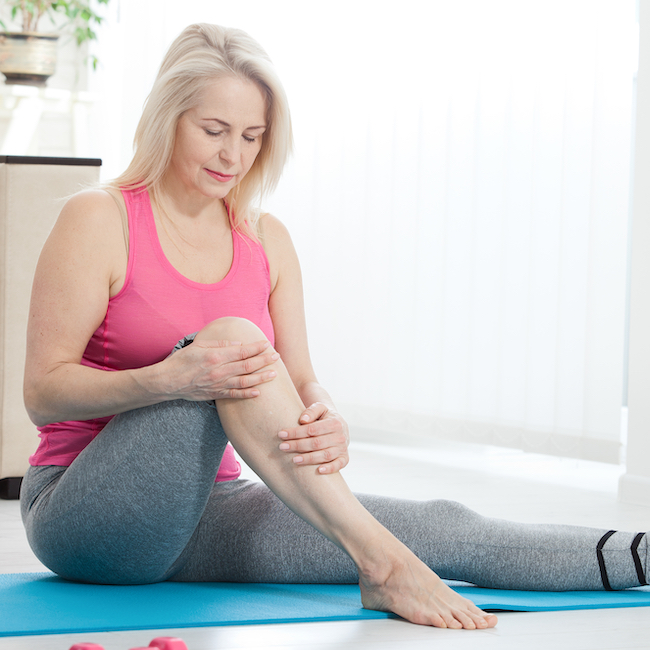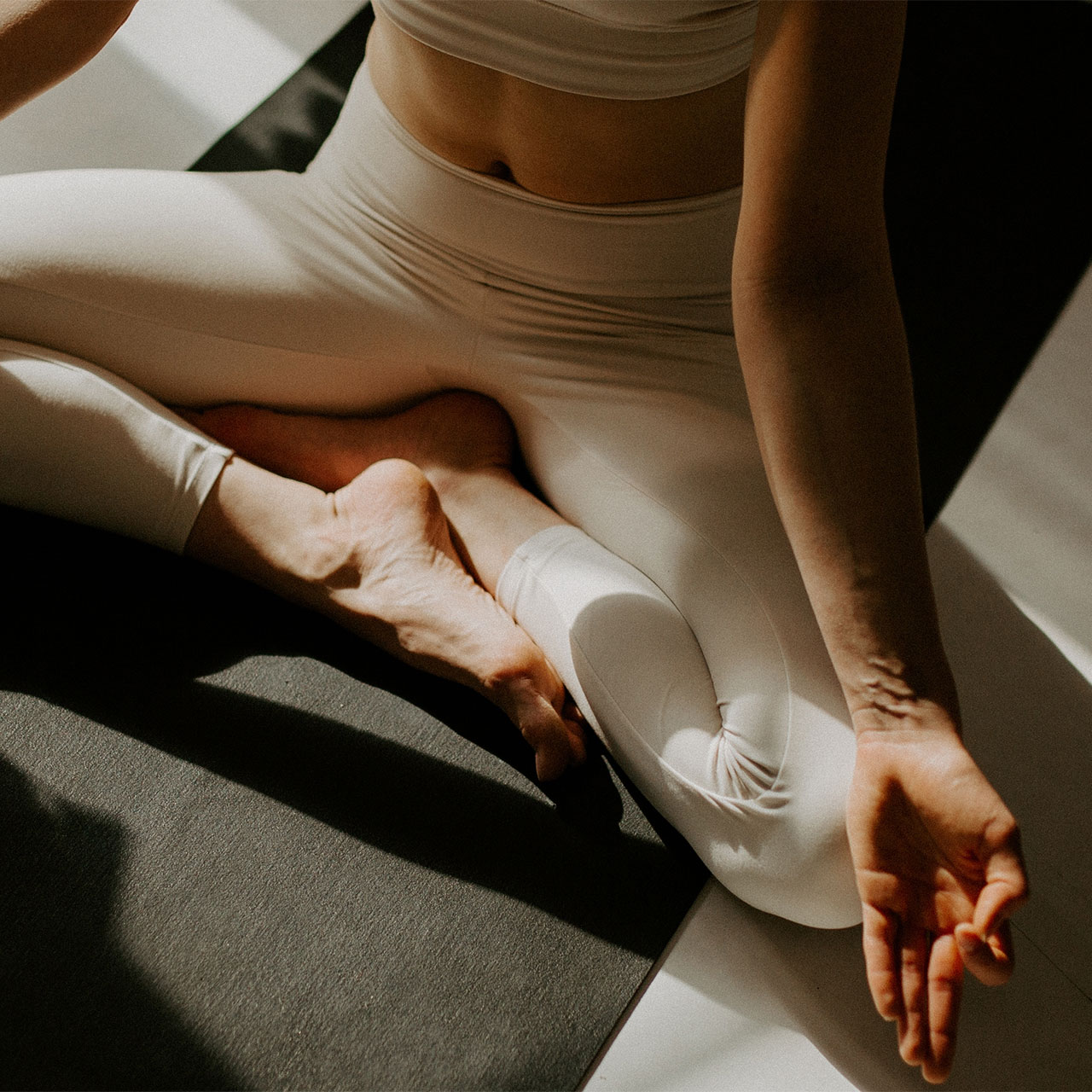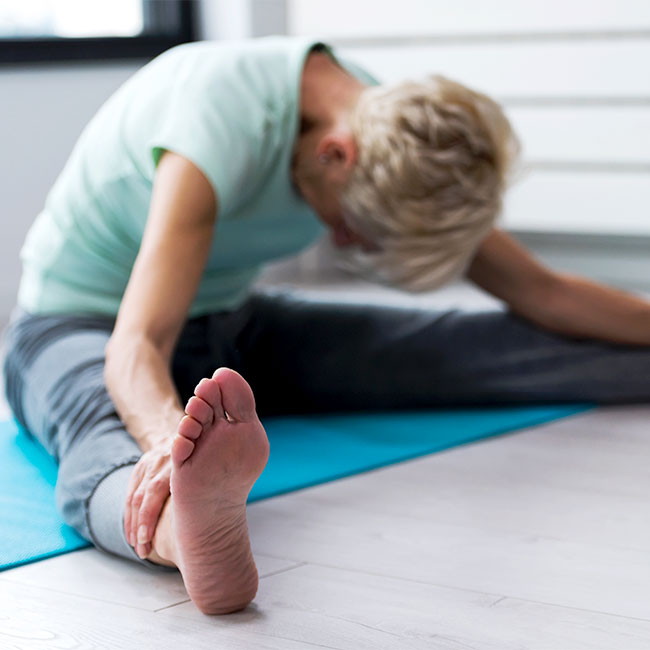Arthritis is an incredibly debilitating disease. From stiffness and pain to limited range of motion, arthritis can make it hard to do tasks as simple as climbing up the stairs or going for a walk. “There are various types of arthritis ailments that affect individuals in different ways. Regardless of the type of arthritis people have, most are seeking long term relief,” says Sean Ruff, a fitness coach and performance enhancement specialist. While uncontrollable factors like age and genetics contribute to the cause, there are lots of external factors that can cause your symptoms to worsen. Some that Ruff notes are eating excessive amounts of sugar and dairy products, drinking alcohol, overtraining, being in cold or damp weather, and inactivity.


It is important to get regular movement in, but also to make sure that you’re not overexerting yourself. Stretching regularly is one thing that can help. While stretching alone won’t cure your arthritis or get rid of any of your symptoms, they can help manage pain. “The best and safest approach for alleviating arthritis pain is to have a drug-free pain management plan in place. This can be accomplished with both dynamic stretching and static stretching. Dynamic stretching involves moving a joint through a range of motion for repetitions to warm up muscles for activity, while static stretching involves holding a joint or muscle in a stretched position for 30 or more seconds to increase flexibility.” Ruff says. He shared his “Fantastic Four” stretches that will help alleviate pain and keep your joints as healthy as possible, as well as how to do them.
Leg Swings & Circles
How to perform forward/backward leg swings: Position your body so that your field of vision in front of you is parallel to the wall. Place a hand on the wall to balance. Place your closest hand on the wall. Swing the leg furthest from the wall forward and backward throughout a comfortable range of motion.
How to perform side to side leg swings: Position your body so that you are facing the wall. Use both hands to balance while placing them on the wall. Swing one leg at a time slowly side to side crossing in front of your body and out to the side of your body in a comfortable range of motion.
How to perform leg circles: Position near a wall for balance (optional). Using one leg at a time, use your foot to draw imaginary circles on the floor starting with small circles and slowly progressing to larger ones.
Why it works: These exercises work on hip mobility and help to improve dynamic range of motion at the hip and minimize stiffness.

Forward & Backward Arm Circles
How to perform: Stand up tall with your chest up. While keeping your arms as straight as is comfortable for you, begin making large arm circles forward for the desired number of repetitions before switching to a backward motion.
Why it works: Shoulder mobility exercise that works to increase dynamic range of motion at the shoulder and ease stiffness.
Leg Extensions
How to perform: Position yourself seated on a chair, bed or bench. Using one leg at a time, extend your foot so that your leg straightens out in front of you without locking your knees. Slowly lower your foot back to the starting position.
Why it works: Increases knee, quadricep strength and range of motion at the knee joint. Decreases stiffness associated with inactivity.
Ankle circles
How to perform: Position yourself standing, seated or supported by a wall if you’d like. With one leg at a time, rotate only your ankle in a big circular motion for the desired number of repetitions.
Why it works: Increases ankle mobility, strength, combats stiffness and range of motion.


























